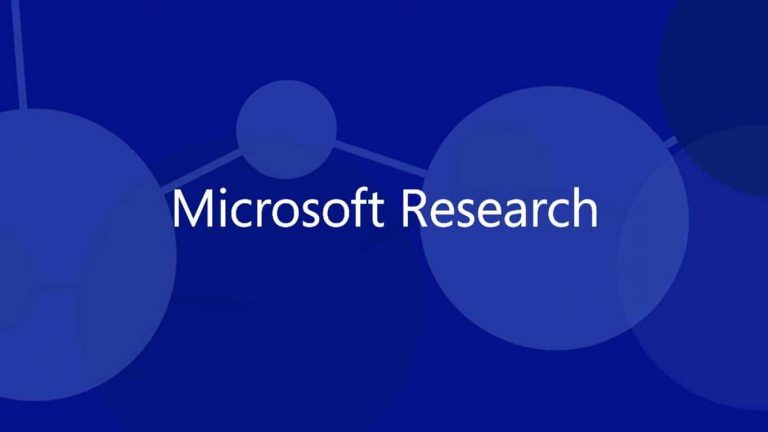Microsoft invests heavily in research, and has one of the strongest researching arms of any tech company with Microsoft Research. Indeed, the department has been the birthplace of many innovative technologies like Kinect or HoloLens; beyond that, however, they also work on basic long-term research, and corporate vice president Jeannette M. Wing has taken to the Microsoft Research blog to write about one of the flagship programs for these researches, the Expedition program.
“An Expedition, as its name suggests, is a journey toward a goal, with serendipitous discovery along the way”.
The aim of the Expedition program, according to Wing, is to give researchers the freedom and resource needed to take risk and pursue long-term researches, and to reward those with the commitment to stick to a “far-reaching vision”. The program has its source from a similar project Wing initiated during her time at the National Science Foundation (NSF), which is also successful and continues to this day.
The program has garnered some great successes over the years, and Wing recounts two notable ones among them: Safe Cyber-Physical Systems ( Safe CPS), and Project Premonition. Safe CPS aims to ensure that drones do not fail and crash in carrying out activities. Project Premonition aims to transport mosquitos from remote regions to labs for virus testing, and they are now working on the notorious Zika virus, with a side product of “the world’s most sophisticated mosquito trap” that identifies mosquitoes by their wings batting rhythm.
Apart from past projects, Wing also talks about two new Expeditions. The first, Intelligent Devices, aims to “determine how algorithmically to split models and computation between what can be done locally on the device and what can be done in the cloud.” The second Expedition, from the Everest team focus on cyber-security by working on a replacement for HTTPS.
The Expeditions Program celebrate the big bets in science, for which Wing also reference the two recent scientific breakthrough that are making waves; literally for the first, the detection of gravitational waves by Laser Interferometer Gravitational Wave Observatory (LIGO), and also a revolutionary gene editing tool called CRISPR, both credited to funds by the NSF. Wing herself is also creditted with revolutionizing opinions on computational thinking application, and with such great minds at the helm, we can’t help but be excited for the projects that will come out of Microsoft Research in the future.


